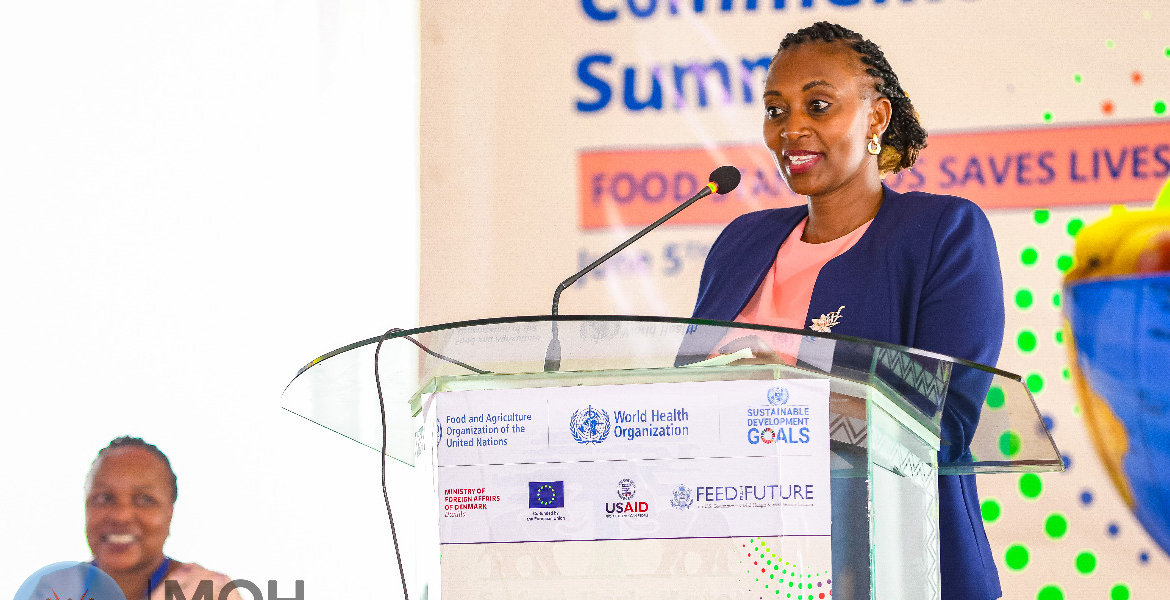Kenya Celebrates Landmark Victory Against Sleeping Sickness

Kenya has officially been declared free of human African trypanosomiasis (HAT), commonly known as sleeping sickness.
The World Health Organisation's (WHO) validation marks a pivotal moment, elevating Kenya to the select group of nations – only the second in Africa after Rwanda – to have conquered this debilitating neglected tropical disease (NTD).
The scourge of sleeping sickness, caused by the parasite Trypanosoma brucei rhodesiense transmitted by tsetse flies, has historically plagued several Kenyan counties.
Untreated, the disease is invariably fatal, rendering vast areas uninhabitable and stifling economic development. For decades, communities in Busia, Bungoma, Homabay, Siaya, Migori, and Narok lived under the shadow of its constant threat. The last indigenous case reported in 2009 signals a decade of relentless effort and unwavering commitment that culminated in today's celebratory announcement.
The eradication of sleeping sickness represents more than just a scientific achievement; it is a testament to the power of collaborative action. At a ceremony held in Nairobi, Dr Adiele Onyeze, the WHO Representative, lauded the multi-sectoral approach that underpinned Kenya’s success.
"This is a significant day for public health," he said, highlighting the power of synergistic effort between governments, communities, and partners.
Director General for Health Dr Patrick Amoth echoes this sentiment, describing the validation as a "key milestone," emphasizing the long-standing dedication demonstrated through collaboration between national and county governments, research institutions, development partners, and local communities.
Central to Kenya’s success is the prioritisation of robust surveillance systems. Across six historically affected counties, twelve strategically located health facilities are equipped with modern diagnostic tools and staffed by trained personnel, ensuring early detection and swift response to any potential resurgence. These efforts are complemented by proactive vector control programmes, diligently monitoring tsetse fly populations and addressing animal trypanosomiasis under the watchful eye of the Kenya Tsetse and Trypanosomiasis Eradication Council.
But vigilance extends beyond the practical implementation; scientific innovation has proven critical. Prof Sam Kariuki, Eastern Africa Director at the Drugs for Neglected Diseases initiative (DNDi), underscores the impact of new treatment options, including the development of safe, effective, and easily administered oral treatments that have replaced toxic, arsenic-based drugs.
Furthermore, the integration of a ‘One Health’ model, championed by organisations such as Amref Health Africa, recognises the inextricable link between human, animal, and environmental health. Dr Ndirangu Wanjuki, Country Director for Amref, champions the leadership demonstrated by the Ministry of Health in acknowledging that no single entity can succeed in isolation.
Despite the overwhelming success, experts are urging caution. WHO Director-General Dr Tedros Adhanom Ghebreyesus calls for continued vigilance, acknowledging that Kenya’s achievement contributes to a broader continental effort to eliminate NTDs.
"Kenya joins the growing ranks of countries freeing their populations of human African trypanosomiasis," he stated. "This is another step towards making Africa free of neglected tropical diseases."
Kenya's post-validation strategy prioritises ongoing surveillance, sustained vector control, and the seamless integration of HAT services into existing public health infrastructure. Dr Onyeze further reiterates the importance of sustained engagement from all stakeholders, ensuring that the progress is not merely maintained but reinforced.
As of now, 57 countries have eliminated at least one NTD, and Kenya joins the ranks of ten nations, including Benin, Chad, Côte d’Ivoire, Equatorial Guinea, Ghana, Guinea, Rwanda, Togo and Uganda in successfully eradicating sleeping sickness as a public health concern.








Add new comment